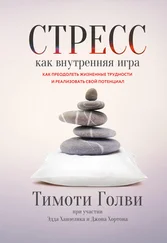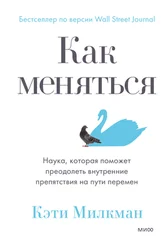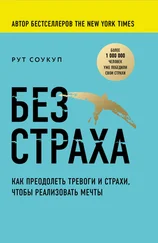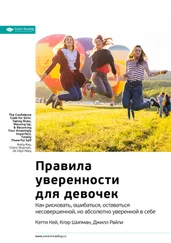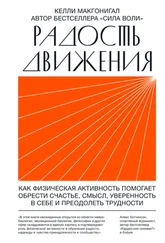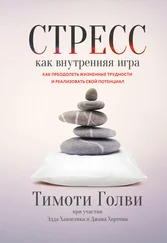Michael Gurian, Boys and Girls Learn Differently! A Guide for Teachers and Parents , rev. 10th anniversary ed., Wiley.com, 2010.
Tor D. Wager, K. Luan Phan, Israel Liberzon, Stephan F. Taylor, “Valence, gender, and lateralization of functional brain anatomy in emotion: A meta-analysis of findings from neuroimaging,” Neuroimage 19, no. 3 (2003): 513–31.
Marjorie LeMay, Antonio Culebras, “Human brain – morphologic differences in the hemispheres demonstrable by carotid arteriography,” New England Journal of Medicine 287, no. 4 (1972): 168–70.
Jung-Lung Hsu et al., “Gender differences and age-related white matter changes of the human brain: a diffusion tensor imaging study,” Neuroimage 39, no. 2 (2008): 566–77; J. Sacher and J. Neumann et al., “Sexual dimorphism in the human brain: Evidence from neuroimaging,” Magnetic Resonance Imaging 3 (April 2013): 366–75, doi:10.1016 /j.mri.2012.06.007; H. Takeuchi and Y. Taki et al., “White Matter Structures Associated with Emotional Intelligence: Evidence from Diffusion Tensor Imaging,” Human Brain Mapping 5 (May 2013): 1025–34, doi:10.1002/hbm.21492.
Richard Kanaan, “Gender Differences in White Matter Microstructure.” PLoS ONE , 2012: 7(6); Richard Haier, “The Neuroanatomy of General Intelligence: Sex Matters,” Neuroimage , volume 25, March 2005.
Daniel G. Amen, Unleash the Power of the Female Brain: Supercharging Yours for Better Health, Energy, Mood, Focus, and Sex (New York: Random House Digital, 2013).
L. Cahill, University of California, Irvine, “Sex-related Differences in Amygdala Functional Connectivity during Resting Conditions,” 2006.
George R. Heninger, “Serotonin, sex, and psychiatric illness,” Proceedings of the National Academy of Sciences 94, no. 10 (1997): 4823–24.
Louann Brizendine, The Female Brain (New York: Random House Digital, 2007).
Reuwen Achiron and Anat Achiron, “Development of the human fetal corpus callosum: A high-resolution, cross-sectional sonographic study,” Ultrasound in Obstetrics & Gynecology 18, no. 4 (2001): 343–47.
Alan C. Evans, “The NIH MRI study of normal brain development,” Neuroimage 30, no. 1 (2006): 184–202.
Angela Josette Magon, “Gender, the Brain and Education: Do Boys and Girls Learn Differently?” PhD diss., University of Victoria, 2009.
P. Corbier, D. A. Edwards, J. Roffi, “The neonatal testosterone surge: A comparative study,” Archives of Physiology and Biochemistry 100, no. 2 (1992): 127–31.
В ходе этого поразительного исследования ученые выяснили, что в первые шесть месяцев жизни уровень тестостерона у мальчиков такой же, как в период пубертата. Эксперты полагают, что этот временный подъем уровня тестостерона может влиять на развитие мозга. См.: W. L. Reed et al., “Physiological effects on demography: A long-term experimental study of testosterone’s effects on fitness,” American Naturalist 167, no. 5 (2006): 667–83.
Anna Dreber, “Testosterone and Financial Risk Preferences,” Harvard University, 2008.
John M. Coates, Joe Herbert, “Endogenous steroids and financial risk taking on a London trading floor,” Proceedings of the National Academy of Sciences 105, no. 16 (2008): 6167–72.
Amy Cuddy, “Want to Lean In? Try a Power Pose,” Harvard Business Review , last modified March 20, 2013, http://blogs.hbr.org/2013/03/want-to-lean-in-try-a-power-po-2/.
Nicholas Wright, “Testosterone disrupts human collaboration by increasing egocentric choices,” Royal Society of Biological Sciences, 2012.
Heber Farnsworth, Jonathan Taylor, “Evidence on the compensation of portfolio managers,” Journal of Financial Research 29, no. 3 (2006): 305–24.
Henry Mahncke, “Memory enhancement in healthy older adults using a brain plasticity-based training program,” 2006, www.pnas.org/content/103/33/12523.abstract.
Lee Gettler et al., “Longitudinal evidence that fatherhood decreases testosterone in human males,” 2011, http://www.pnas.org/content/early/2011/09/02/1105403108.abstract.
R. Baumeister, “The Lowdown on High Self-Esteem,’ ” Los Angeles Times (2005).
Nansook Park, “The role of subjective well-being in positive youth development,” Annals of the American Academy of Political and Social Science 591, no. 1 (2004): 25–39.
Amy Chua, “Why Chinese Mothers Are Superior,” Wall Street Journal , January 8, 2011, http://online.wsj.com/news/articles/SB10001424052748 704111504576059713528698754.
Andrea Ichino, Elly-Ann Lindstrцm, Eliana Viviano, “Hidden Consequences of a First-Born Boy for Mothers,” April 2011, http://ftp.iza.org/dp5649.pdf.
Jennifer Crocker, “Contingencies of self-worth: Implications for self-regulation and psychological vulnerability,” Self and Identity 1, no. 2 (2002): 143–49
Caroline Adams Miller, “Five Things That Will Improve Your Life in 2013,” последнее изменение 28 декабря 2013, www.carolinemiller.com/five-things-that-will-improve-your-life-in-2013/.
Pablo Briсol et al., “Treating Thoughts as Material Objects can Increase or Decrease Their Impact on Evaluation,” January 2013, Psychological Science 24 (1): 41–47 (published online November 26, 2012, doi: 10.1177/0956797612449176).
Jennifer Crocker, Jessica Carnevale, “Self-Esteem Can Be an Ego Trap,” Scientific American , August 9, 2013, http://www.scientificamerican.com/article.cfm?id=self-esteem-can-be-ego-trap.
Pablo Briсol, Richard E. Petty, Benjamin Wagner, “Body Posture Effects on Self-Evaluation: A Self-Validation Approach,” European Journal of Social Psychology , February 25, 2009.
James W. Stigler, James Hiebert, The Teaching Gap: Best Ideas from the World’s Teachers for Improving Education in the Classroom (New York: Free Press, 1999).
“Japanese Education Method Solves 21st Century Teaching Challenges in America,” Japan society.org, Japan Society, February 26, 2009, https://www.japansociety.org/page/about/press/japanese_education_method_solves_21st_century_teaching_challenges_in_america.
Jean M. Twenge, Elise C. Freeman, “Generational Differences in Young Adults’ Life Goals, Concern for Others, and Civic Orientation, 1966–2009,” PhD diss., San Diego State University, 2012.
Читать дальше
Конец ознакомительного отрывка
Купить книгу
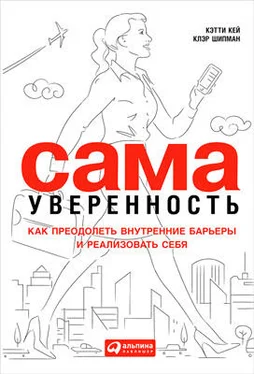



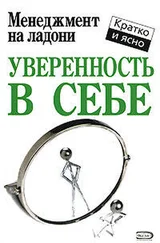
![Татьяна Мужицкая - Роман с самим собой [Как уравновесить внутренние ян и инь и не отвлекаться на всякую хрень]](/books/390044/tatyana-muzhickaya-roman-s-samim-soboj-kak-uravnove-thumb.webp)
